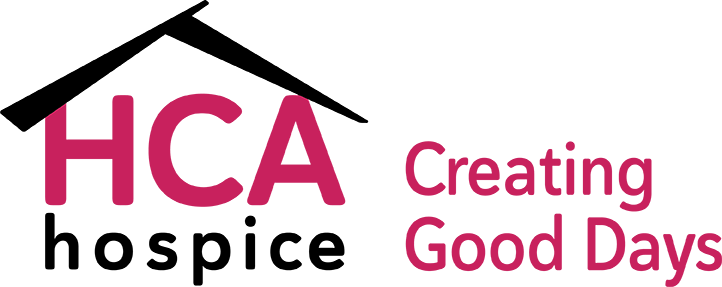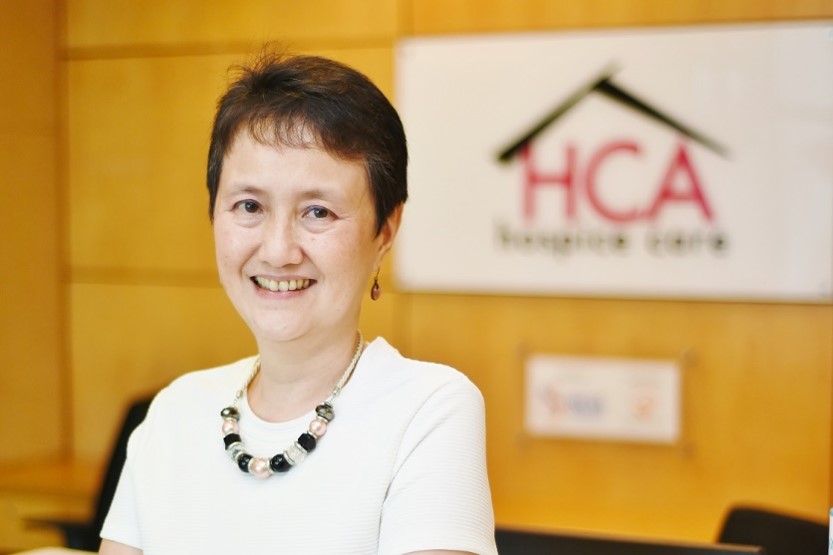
Close


For many of our patients, there are no curative treatments. Yet we endeavour to continually update our practice to provide more respite and solace to our patients.
For the first time, I witnessed our nurse perform manual lymphatic drainage (MLD) for our patient in a home visit. I had no idea what it was, other than we had previously sent two of our nurses to Australia for MLD training. MLD is a kind of massage that requires specialised training. We provide MLD to selected patients. Each of them will receive 4 sessions over 4 weeks.
We arrived at 57-year-old Mdm Chua’s* home and were pleasantly surprised to meet another of our nurse and doctor already there. The primary nurse was there to review Mdm Chua, together with the doctor. When they finished, the nurse I was with whipped out a scarf, folded it diagonally and rolled it like a scroll. I was curious, wondering how the scarf was going to be used on the patient, but our nurse suddenly tied it over her hair, as a hairband. She informed me that this is so her hair would not get in the way when she was doing the MLD. We had a good laugh.
Mdm Chua suffers from cancer of the ovaries and after treatment, lymphedema. Lymphedema is most commonly caused by the removal of or damage to lymph nodes, as a part of cancer treatment. It results from a blockage in the lymphatic system, which is part of our immune system. The blockage prevents lymph fluid from draining well and the fluid buildup leads to swelling. MLD uses gentle pressure technique, used to encourage the natural drainage of the lymph, which carries waste products away from the tissues back toward the heart.
Mdm Chua was asked to lie on her bed and her left leg was visibly more swollen. Our nurse dusted her fingers with talcum powder, as opposed to massage oils and gently used her fingertips to stroke both sides of Mdm Chua’s neck, just below the jawline. She explained that when performing a lymphatic massage, it was important that the massage included more than just the affected area to be effective. Starting nearer the top of the body, will allow the other areas to drain properly. Only very gentle pressure is required, as just the superficial skin structure, where the fluid is trapped, is worked on. She went on to gently massage Mdm Chua’s left thigh, followed by the shin area and the foot. Our nurse continued to massage the right side. Throughout Mdm Chua was so relaxed, she fell asleep. I was fascinated as it looked like fingers dancing ever so gently on the skin, with a consistent tempo and specific counts per motion.
In all, the MLD took about 45 minutes and while the actions looked gentle and light, our nurse was perspiring. It took a lot of internal effort to provide MLD at just the right pressure and time, to ensure comfort for the patient.
Mdm Chua’s husband was pleased and exclaimed that his wife’s previously swollen left leg was now much subsided. Mdm Chua herself was extremely grateful to our nurse for easing her discomfort and for spending so much time on her.
While non-curative, a simple MLD brings much comfort to our patients in their remaining days. I must add that although MLD looks simple, it requires specialised training. Every new avenue or technique that we can glean to provide more respite and solace to our patients, we should endeavour to.
Thank you to our nurses who bravely took up the challenge of learning the MLD techniques and providing the service to our patients.
*not her real name